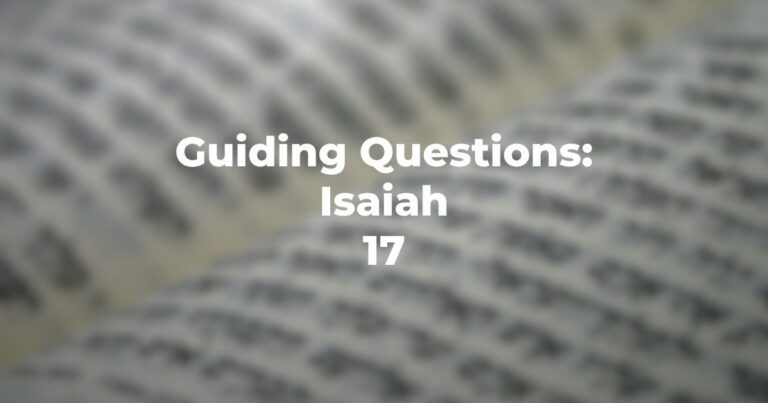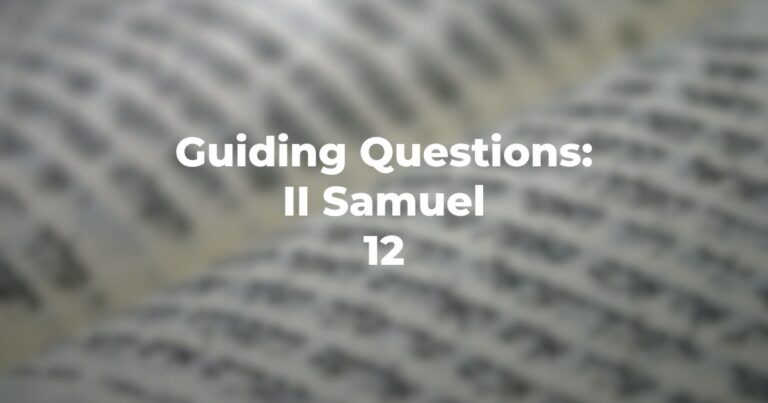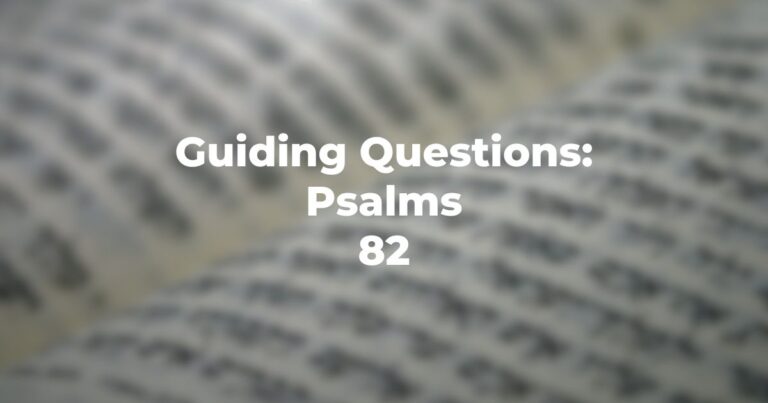- Does the introduction indicate if the prophet was “visionizing” or if this was an actual physical experience?
- Is the valley named?
- What faith is evidenced in the response of Ezekiel in Ezekiel 37:3?
- Who will “revivify” the “dry bones” (Ezekiel 37:5-6)?
- As the prophet speaks to dry bones, what becomes of them?
- What is the “ruah” to which Ezekiel is to address himself (Ezekiel 37:9)?
- Until Ezekiel 37:11, is there any indication of the “constituency” represented by these dry bones?
- Without the succeeding passages, could this be an indication of resurrection and/or immortality?
- But, according to Ezekiel 37:11, is it clear that the vignette is addressed to the exiles to Babylonia?
- Are the graves mentioned in Ezekiel 37:12 actual graves or is this a cognomen for exile?
- Why, in Ezekiel 37:16, is the reference to Israel preceded by a reference to Joseph?
- What is the symbolism represented in Ezekiel 37:17?
- What is the future of Israel and Judea (Ezekiel 37:22)?
- In addition to unity, what else will characterize the now one people (Ezekiel 37:23)?
- In Ezekiel 37:23, is the word Eheyeh a verb or a proper noun?
- What entity will rule over the unified group (Ezekiel 37:24)?
- How long will the reunification and return persist (Ezekiel 37:25)?
- What is a “brit shalom” in Ezekiel 37:26?
- How does Ezekiel 37:27 resonate the building of the tabernacle in the wilderness during the exodus from Egypt?
- And who shall know of this development (Ezekiel 37:28)?
Author
-

Exploring Judaism is the digital home for Conservative/Masorti Judaism, embracing the beauty and complexity of Judaism, and our personal search for meaning, learning, and connecting. Our goal is to create content based on three core framing: Meaning-Making (Why?), Practical Living (How?), and Explainers (What?).
View all posts




